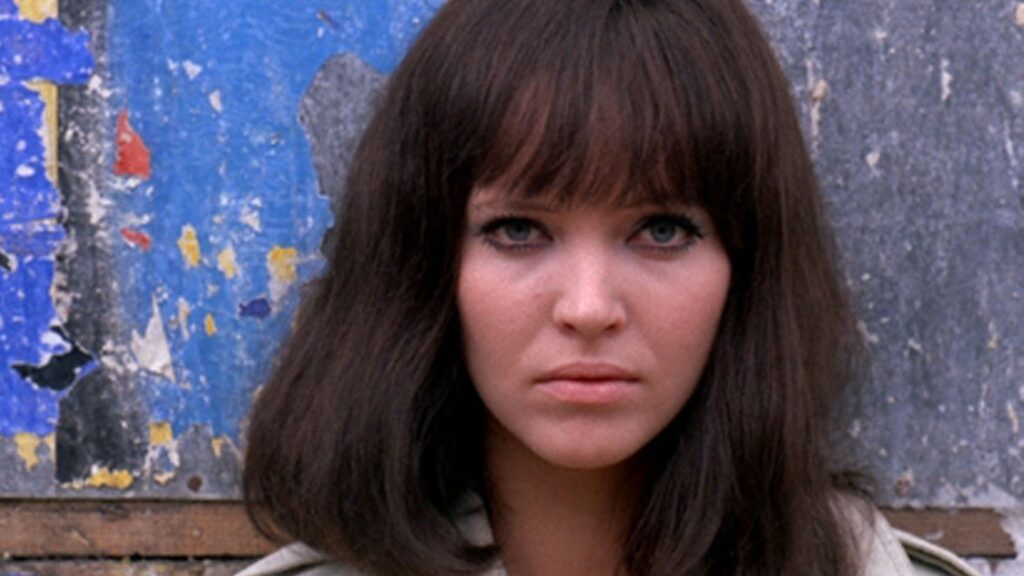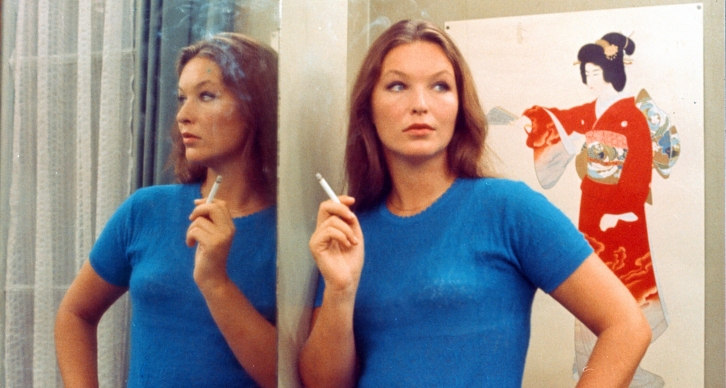Classic Film: For Ever Mozart
Written by Ian Thomas Malone, Posted in Blog, Movie Reviews, Pop Culture
Jean-Luc Godard spent much of the 60s crafting experimental films with limited mainstream appeal. Part of the fun of sitting down to watch a Godard is the feeling of experiencing the director grappling with his thoughts in real time. That kind of directorial approach doesn’t always work, but it’s often very entertaining to watch.
Godard’s 60s output possesses the added advantage of being crafted against the backdrop of its era, full of vibrant color schemes and fashion. There’s always plenty for the eyes, even if the mind has no idea what’s going on. In 1997’s For Ever Mozart, Godard returns to his earlier themes, albeit without the joys that buoyed his art at indecipherable moments.
The film is broken up into four parts, each introduced with its own name. One sequence sees actors auditioning for a film, frequently discarded after only uttering a few words. Another shows a hostage situation during the Bosnian war. There is some continuity in the sense that several of the actors appear in multiple parts, but the film hardly possesses anything resembling a narrative. One’s ability to describe things that look like a plot should not be mistaken to imply that there actually is a narrative.
The acting is stifled and bland. None of this can be blamed on the talent themselves, as it is fairly hard to imagine anyone making good work out of a painfully obtuse script with no obvious sense of purpose. There is nowhere for a performer to direct their energy.
Godard is rarely accessible, but For Ever Mozart is little more than foolish ramblings by a director who seems oddly bored by his musings. At some points, it looks like he’s trying to provide a commentary on the value of art. It could be true that art can’t save the world, but to draw that from this film is to give it credit that it woefully does not deserve.
The scenery in the second sequence is pleasant to look at, something to remember. The complete absence of narrative leaves little for the mind to latch onto it after the credits roll. Godard takes a couple swings at philosophical one-liners here and there, but nothing leaves a lasting impression.
For Ever Mozart is a big waste of time for anyone other than diehard Godard fans eager to complete his filmography. Even then, it hardly holds much value. There is no way this film would have been made if it weren’t for the name recognition of its director, a sad reflection on the medium.













